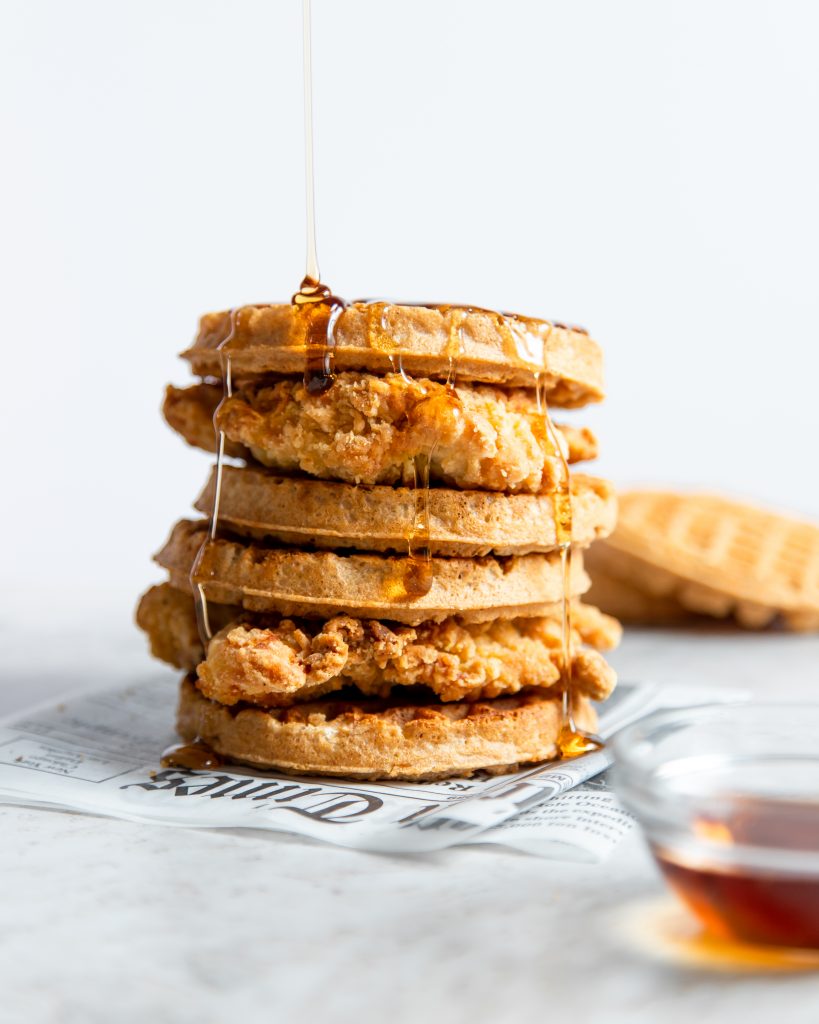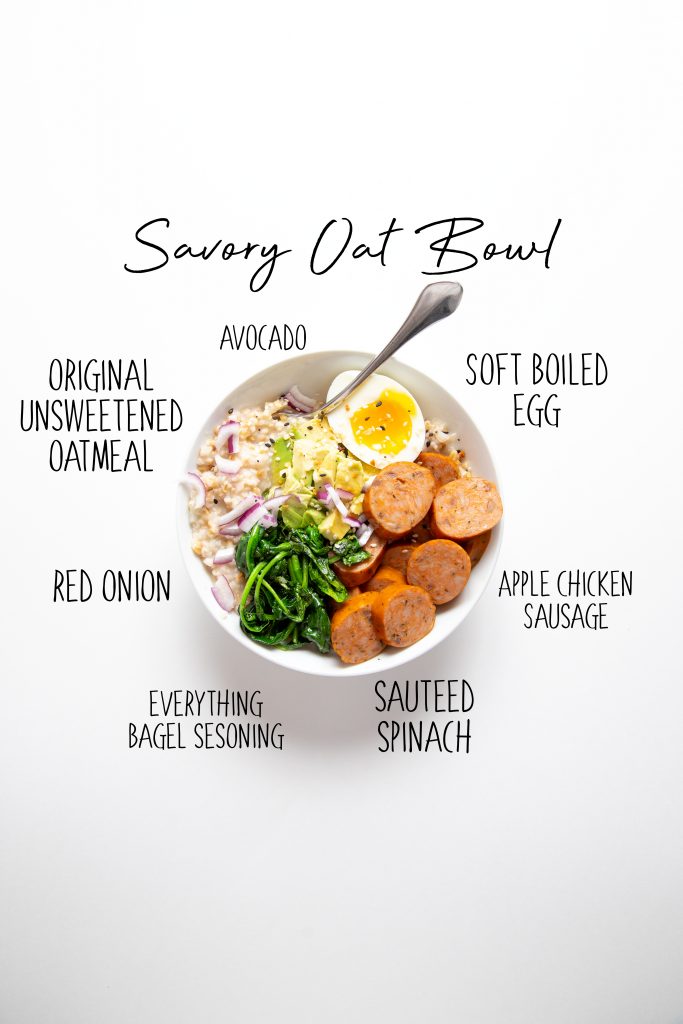It seems like just moments ago we were trudging through the dark and cold winter days. And just like that — summer is in full force. Undoubtedly one of the best parts of summer is getting to enjoy the fresh fruits and veggies that are in season. A trip to the farmer’s market or grocery store will provide you with colorful, fresh, and incredibly rich produce that helps you eat and live well in the summertime.
Eating in season is important for so many reasons, positively impacting both our physical and mental wellbeing. By eating fresh summer produce, it forces us to try new foods — how often do you eat okra?— consume produce that’s nutritionally dense, and stay connected to our community and literal roots.
And remember: You can find “fresh” fruit and veggies all year round, especially if you head to the frozen aisle of your grocery store. This is where produce is typically picked at its peak ripeness and frozen right away, so you can enjoy it at any time of the year. You can do this as well with your farmer’s market finds.
Here’s a guide to What’s In Season. The Best Summer Produce.
15 Delicious Fruits and Veggies to Buy In Season This Summer
Vegetables
Arugula – Also called rocket salad, arugula is a leafy green that has a peppery taste. The flavor is a balance of sweet, spicy, savory, nutty, and bitter, and is especially crisp in the summertime. Arugula is packed with folate, fiber, vitamin C and antioxidants, and makes a great base for any salad. It’s also delicious in homemade ravioli, sprinkled on top of pizza, or placed between any bun.
Basil – You might think it’s “just” an herb, but this powerful plant can go a long way in a variety of dishes. When shopping around, make sure the herb isn’t wilted and doesn’t have dark spots. As far as nutrition goes, basil packs a punch of good stuff, like vitamins A, C, and K, calcium, iron, and magnesium. Top it on pizza and pasta, or make your own pesto by blending basil with pine nuts, parmesan cheese, fresh lemon juice, and extra virgin olive oil.
Corn – Grilled corn in the summer might be the best thing…ever. This sweet and starchy vegetable is filled with insoluble fiber to feed the good bacteria in your gut, which helps maintain healthy digestion. It could promote good vision, too. While I’m partial to eating it hot off the grill with a small slab of butter and salt, you can also remove the kernels from the cob and add to any type of salad or side.
Eggplant – It’s safe to say that colorful veggies — like purple eggplant — are just beautiful to eat. How often do we get to eat the color purple? Aside from its look, eggplant is a delicious and multifaceted veggie that can compliment or star in nearly any dish. Packed with phytochemicals that boost heart health, pick up some fresh eggplant to make a lasagna, stir fry, or homemade veggie burger.
Okra – Okra is one of those veggies that people either love or hate. The flavor is quite subtle and it has an undeniable gooey texture. However, it’s also great for our bodies: It contains magnesium, folate, and vitamin A. There are many ways to eat okra, including raw, fried, oven-roasted, or in gumbo, of course.
Fruit
Blueberries – These little berries are small but super mighty. And they’re amazingly sweet and crisp in the summer. Packed with rich antioxidants, studies show that blueberries can potentially help regulate blood sugar levels and support healthy heart and brain health. Eat ‘em straight from the container, top them on a bowl of oats, or use in yummy baked goods.
Peaches – Another sweet treat, peaches can be just as satisfying as ice cream in the summer. Promise! They’re filled with lots of good-for-you nutrients, including vitamins A and C and potassium, which is an added bonus to their sweet, crisp, and juicy flavor. You can eat them on their own or get fancy and try cooking them on a grill.
Tomatoes – You say tomato, I say: eat these in the summer. A fresh tomato is one of nature’s best gifts to us. This fruit (yep, not a veggie!) contains vitamin C, potassium, and the antioxidant lycopene, and is said to help support healthy skin, and blood health. Chop ‘em up in a salad, use as a burger topping, or eat like you would an apple if you dare.
Watermelon – On a hot summer day, fewer things are better than biting into a cold slice of watermelon. This fruit contains more than 90 percent water, but is also filled with vitamins similar to what you’ll see in tomatoes: vitamins A and C, potassium, and lycopene. Try making a watermelon, feta, and mint salad, or get creative and make watermelon ice cubes to spice up a glass of water.
Key Limes – To try something different, look for key limes the next time you’re buying fruit. These little limes are super flavorful and also contain vitamin C folate, potassium, and vitamin B6. While the obvious answer is to make a key lime pie, you can also squeeze the juice on tacos or other savory dishes. Fun fact: The way you can differentiate between key limes and regular, Persian limes is in size and color. Key limes are smaller and actually, have a yellower color than Persian limes.



